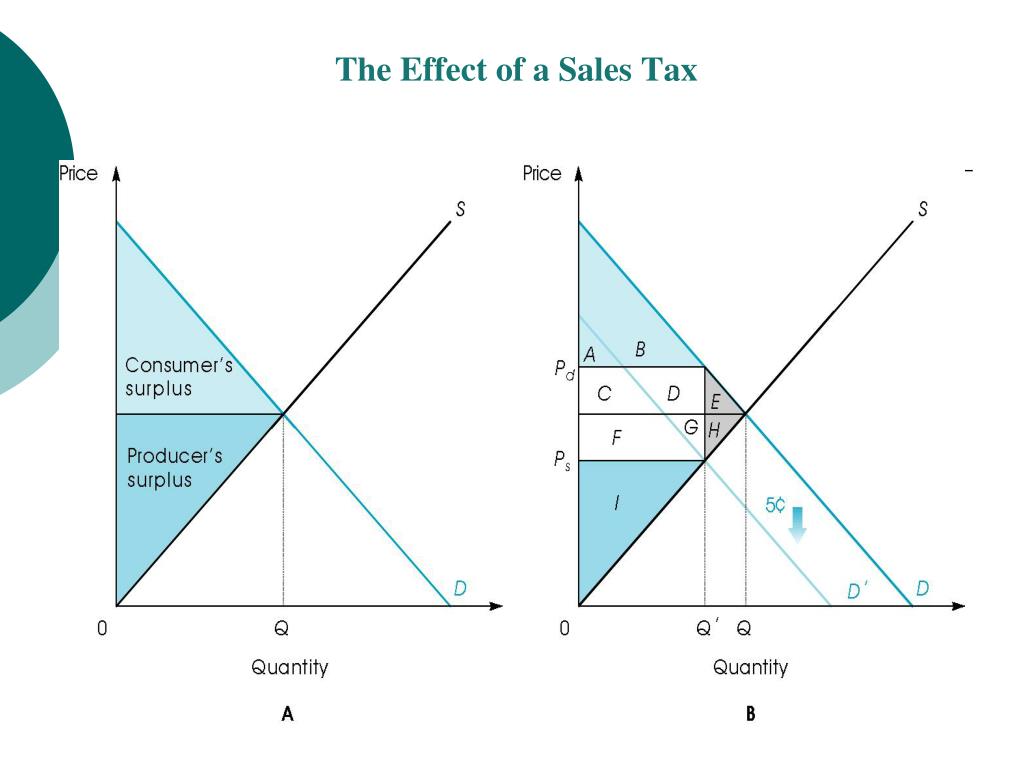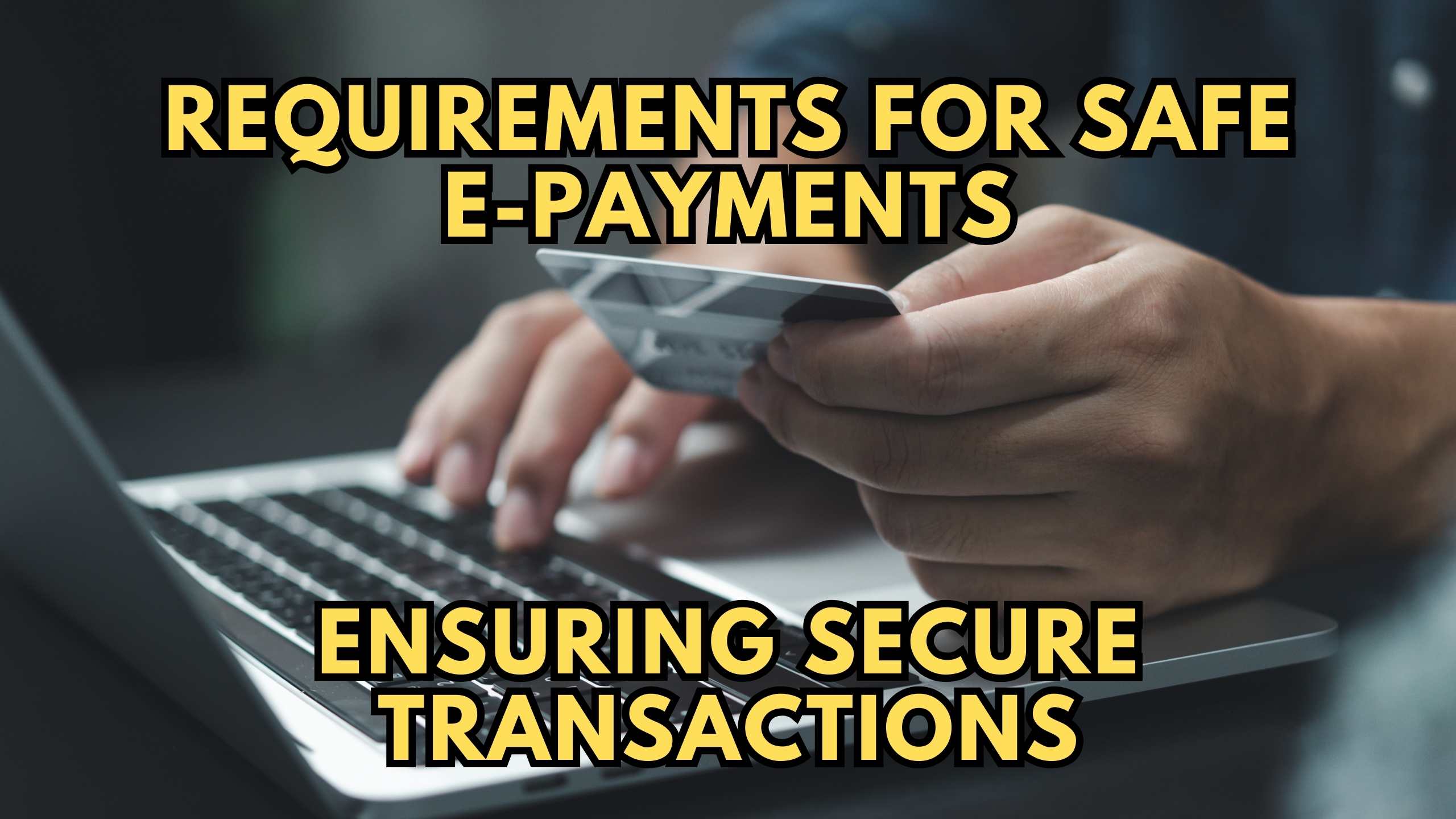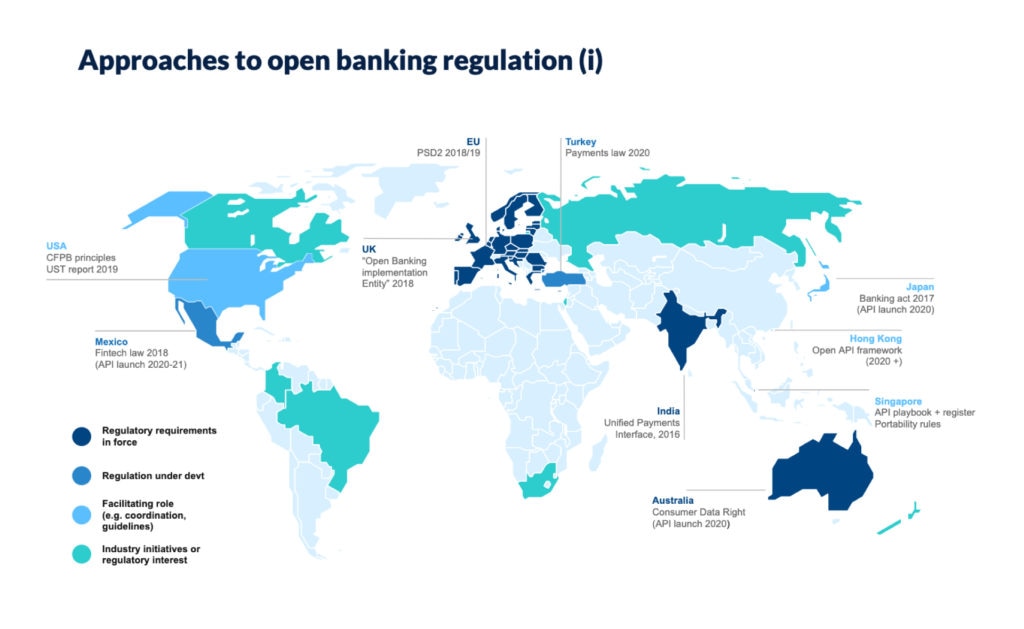
The Price Tag Puzzle: How VAT & Sales Tax Changes Really Affect Your Spending
Ever wondered why the price of your favorite coffee suddenly seems a bit higher, or why that new gadget costs a little less in a different state? Often, the invisible hand behind these price shifts is a change in Value Added Tax (VAT) or Sales Tax. These taxes, though seemingly small, play a massive role in the economy and directly impact how much money you have left in your pocket at the end of the month.
This long, easy-to-understand guide will break down the complex relationship between VAT/Sales Tax changes and consumer spending. We’ll explore how these shifts affect your purchasing power, what you choose to buy, and the broader economic landscape.
What are VAT and Sales Tax? A Quick Explainer for Beginners
Before we dive into the impact, let’s clarify what we’re talking about. While they both add to the price you pay, VAT and Sales Tax work a little differently:
- Sales Tax (Common in the USA): This is a tax added to the final sale price of goods and services, paid directly by the consumer to the retailer. The retailer then passes this tax on to the government. It’s usually a single percentage applied at the point of sale.
- Think of it like: An extra charge that pops up when you get to the checkout counter.
- Value Added Tax (VAT) or Goods and Services Tax (GST) (Common in Europe, Canada, Australia, etc.): This is a consumption tax applied at each stage of production and distribution of goods and services. Businesses charge VAT on their sales and can typically reclaim the VAT they’ve paid on their purchases. Ultimately, the burden of the tax falls on the final consumer.
- Think of it like: The tax is already "baked into" the price you see on the shelf, though businesses are tracking it along the supply chain.
Key Takeaway: Regardless of the name or how it’s collected, both VAT and Sales Tax mean that the price you pay for many items is higher than the basic cost of the product or service itself.
How Tax Changes Directly Affect Prices
The most immediate and obvious impact of a change in VAT or Sales Tax is on the price tag itself.
- When Taxes Go Up:
- Higher Prices: Businesses typically pass on the increased tax burden to consumers. If a government raises the sales tax from 5% to 7%, a $10 item that used to cost $10.50 will now cost $10.70.
- Reduced Affordability: For consumers, this means goods and services become more expensive. Your existing budget suddenly buys less.
- When Taxes Go Down:
- Lower Prices: Conversely, if the government lowers the tax, businesses might reduce their prices, making goods and services cheaper for consumers.
- Increased Affordability: This means your money stretches further, and you can buy more with the same budget.
Important Note: While businesses usually pass on tax changes, it’s not always a 100% direct pass-through. Sometimes, a business might absorb a small increase to remain competitive, or they might not pass on the full benefit of a tax decrease if their own costs are rising.
The Core Impact: How Tax Changes Hit Your Wallet and Spending Habits
Now, let’s explore the deeper effects on your consumer spending.
1. Reduced Purchasing Power (The "Less Bang for Your Buck" Effect)
This is the most straightforward consequence. When taxes on goods and services increase, the real value of your money decreases.
- Your Salary Stays the Same, But Prices Rise: If you earn $3,000 a month and the cost of everything you buy goes up due to higher taxes, your $3,000 can simply buy less than it could before.
- Disposable Income Shrinks: The money you have left after paying essential bills (like rent, utilities) and taxes is called "disposable income." Higher consumption taxes mean less disposable income for discretionary spending, savings, or investments.
2. Changes in Demand: Essential vs. Luxury Goods
Not all goods are affected equally when taxes change. This is where the concept of "elasticity" comes into play (don’t worry, we’ll keep it simple!).
- Essential Goods (Inelastic Demand):
- What they are: Items you need regardless of price, like basic groceries (milk, bread), necessary medicines, or basic transportation.
- Impact of Tax Increase: Even if the price goes up due to higher taxes, you still need these items. You might buy slightly less, or switch to cheaper brands, but your demand won’t drop dramatically. This means you end up spending a larger portion of your income on necessities.
- Impact of Tax Decrease: While welcome, a small price drop on essentials might not lead to a huge increase in consumption, as you were already buying what you needed.
- Luxury & Non-Essential Goods (Elastic Demand):
- What they are: Items you want but don’t need, like designer clothes, restaurant meals, new electronics, vacations, or entertainment.
- Impact of Tax Increase: If these items become more expensive due to higher taxes, consumers are much more likely to reduce or delay their purchases. You might decide to cook at home more often, put off buying that new TV, or choose a cheaper vacation.
- Impact of Tax Decrease: A tax cut on these items can be a big incentive to spend more, as they become more affordable and appealing.
3. Consumer Psychology and Confidence
Tax changes aren’t just about numbers; they also affect how consumers feel about the economy and their own financial situation.
- Fear and Uncertainty (Tax Increase): If taxes go up, especially unexpectedly, it can create a sense of financial insecurity. People might become more cautious, fearing future price hikes or economic slowdowns. This can lead to:
- Delayed Purchases: Holding off on big-ticket items like cars or appliances.
- Increased Saving: Prioritizing saving over spending.
- Reduced "Feel-Good" Spending: Less money spent on leisure activities or impulse buys.
- Optimism and Spending (Tax Decrease): A tax cut can boost consumer confidence. People feel like they have more money, which can encourage them to spend more freely, leading to a more vibrant economy.
4. Disproportionate Impact on Different Income Groups
VAT and Sales Taxes are often considered "regressive" taxes. This means they tend to affect lower-income households more severely than higher-income households.
- Why? Lower-income households spend a larger proportion of their income on basic necessities (which are often taxed). While a higher-income person might save or invest a significant portion of their income, a lower-income person spends almost all of theirs just to cover living costs.
- Example: If milk costs $4 and there’s a 10% sales tax, everyone pays $0.40 extra. But for someone earning $1,000 a month, that $0.40 represents a much larger percentage of their income than for someone earning $10,000 a month. This can widen the gap between the rich and the poor.
5. Short-Term vs. Long-Term Effects
The immediate reaction to a tax change can be different from the sustained impact.
- Short-Term:
- Tax Increase: Consumers might rush to buy items before the tax increase takes effect, leading to a temporary surge in spending, followed by a sharp drop.
- Tax Decrease: Similarly, a tax decrease might lead to an initial spending spree as people take advantage of lower prices, before settling into a new normal.
- Long-Term: Over time, consumers adjust their budgets and spending habits to the new tax environment. This could mean permanently shifting to cheaper alternatives, reducing overall consumption, or finding ways to increase income.
Real-World Examples: Seeing the Impact in Action
While specific numbers vary by region and economic conditions, the patterns are clear:
- Example 1: VAT Increase in the UK (2011)
- The UK government raised its main VAT rate from 17.5% to 20% in 2011.
- Impact: This led to an immediate increase in prices across most goods and services. Consumers, already facing a challenging economic climate, saw their purchasing power diminish further. Retail sales dipped, and consumer confidence was hit, particularly affecting discretionary spending like clothing and leisure.
- Example 2: GST Increase in Canada (Early 2000s)
- Canada’s federal Goods and Services Tax (GST) was initially 7% and was later reduced to 6% and then 5%.
- Impact: The tax cuts were intended to stimulate the economy by leaving more money in consumers’ hands. While the direct impact on spending was debated, it generally made goods and services more affordable, potentially boosting consumer confidence and spending over time.
- Example 3: Sales Tax Holidays in US States
- Many US states occasionally offer "sales tax holidays" on specific items (e.g., back-to-school supplies, hurricane preparedness items) for a short period.
- Impact: These holidays almost always result in a surge of spending on the eligible items during that period, as consumers take advantage of the temporary price reduction. This clearly demonstrates how even a temporary tax change can influence purchasing decisions.
How Businesses Respond to Tax Changes
It’s not just consumers who react to tax changes; businesses also adjust their strategies:
- Price Adjustments: The most common response is to update pricing to reflect the new tax rate.
- Cost-Cutting Measures: If higher taxes reduce consumer demand, businesses might look for ways to cut their own costs (e.g., reducing staff, finding cheaper suppliers) to maintain profit margins.
- Marketing & Promotions: To counteract reduced demand from higher taxes, businesses might offer more sales, discounts, or loyalty programs to entice consumers.
- Product Re-evaluation: In some cases, businesses might even reconsider their product lines, focusing on items that are less sensitive to price changes or finding ways to offer "value" alternatives.
- Lobbying: Businesses and industry groups often lobby governments regarding proposed tax changes, arguing for policies that are more favorable to their operations and consumer spending.
Why Do Governments Change VAT/Sales Tax?
Governments don’t just change taxes on a whim. There are usually specific goals behind these decisions:
- To Raise Revenue: The primary reason is to fund public services like healthcare, education, infrastructure, and defense. Higher taxes mean more money for government programs.
- To Influence Consumer Behavior:
- Discourage "Bad" Habits: Higher taxes on items like tobacco, alcohol, or sugary drinks (sometimes called "sin taxes") are designed to make them more expensive and discourage consumption for public health reasons.
- Encourage "Good" Habits: Sometimes, specific items might be exempt from tax or have a lower tax rate (e.g., certain food items, books, children’s clothes) to make them more affordable and accessible.
- To Manage the Economy:
- Cool Down an Overheated Economy: If inflation is high and people are spending too much, raising taxes can slow down consumer spending, helping to control prices.
- Stimulate a Sluggish Economy: Cutting taxes can put more money in consumers’ hands, encouraging spending and boosting economic activity during a recession or slowdown.
Strategies for Consumers to Navigate Tax Changes
While you can’t control tax rates, you can control how you react to them:
- Budgeting is Key: Regularly review and adjust your budget to account for changes in the cost of goods and services.
- Prioritize Spending: Distinguish between needs and wants. When prices rise, focus your spending on essentials first.
- Shop Smart:
- Compare Prices: Look for better deals or sales.
- Bulk Buying (Carefully): If an essential item’s price is stable or falling, buying in bulk might save money in the long run, but only if you’ll use it before it expires.
- Utilize Discounts & Coupons: Make the most of any available savings.
- Delay Non-Essential Purchases: If you’re eyeing a big-ticket item, consider waiting to see if prices stabilize or if a sales event emerges.
- Explore Alternatives: Can you find a cheaper brand, a different store, or a DIY solution for something you usually buy?
Conclusion: Awareness is Your Best Tool
The impact of VAT and Sales Tax changes on consumer spending is a dynamic and multifaceted issue. From directly altering price tags to subtly influencing your confidence and long-term financial planning, these taxes play a significant role in your everyday economic life.
Understanding how these changes work empowers you to make smarter spending decisions, adapt your budget, and ultimately navigate the economic landscape more effectively. While taxes are an unavoidable part of modern economies, being aware of their influence is your first step towards greater financial control.


Post Comment